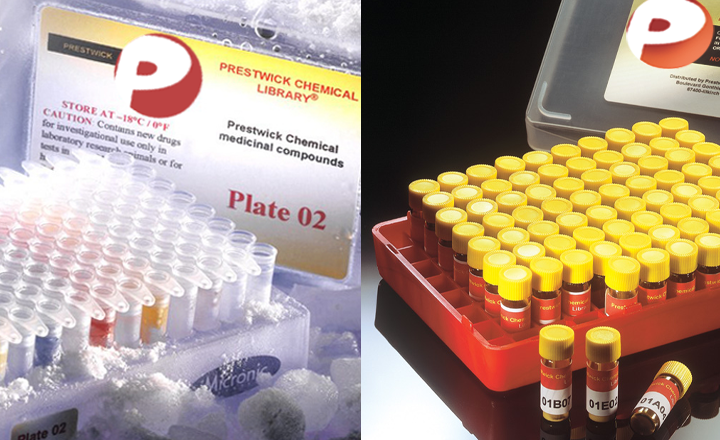A quantitative high-throughput screen identifies potential epigenetic modulators of gene expression
Johnson RL, Huang W, Jadhav A, Austin CP, Inglese J, Martinez ED
Analytical Biochemistry - vol. 375 237-248 (2008)
Analytical Biochemistry
Epigenetic regulation of gene expression is essential in embryonic development and contributes to cancer pathology. We used a cell-based imaging assay that measures derepression of a silenced green fluorescent protein (GFP) reporter to identify novel classes of compounds involved in epigenetic regulation. This locus derepression (LDR) assay was screened against a 69,137-member chemical library using quantitative high-throughput screening (qHTS), a titration-response method that assays compounds at multiple concentrations. From structure-activity relationships of the 411 actives recovered from the qHTS, 6 distinct chemical series were chosen for further study. A total of 48 qHTS actives and analogs were counterscreened using the parental line of the LDR cells, which lack the GFP reporter. Three series-8-hydroxy quinoline, quinoline-8-thiol, and 1,3,5-thiadiazinane-2-thione-were not fluorescent and reconfirmed activity in the LDR cells. The three active series did not inhibit histone deacetylase activity in nuclear extracts or reactivate the expression of the densely methylated p16 gene in cancer cells. However, one series induced expression of the methylated CDH13 gene and inhibited the viability of several lung cancer lines at submicromolar concentrations. These results suggest that the identified small molecules act on epigenetic or transcriptional components and validate our approach of using a cell-based imaging assay in conjunction with qHTS. ?? 2007 Elsevier Inc. All rights reserved.


